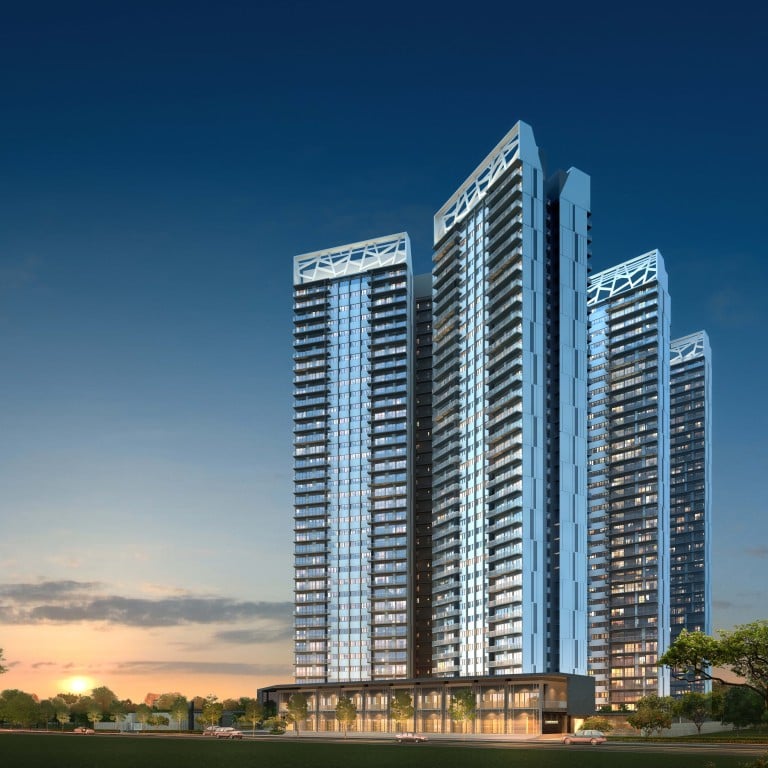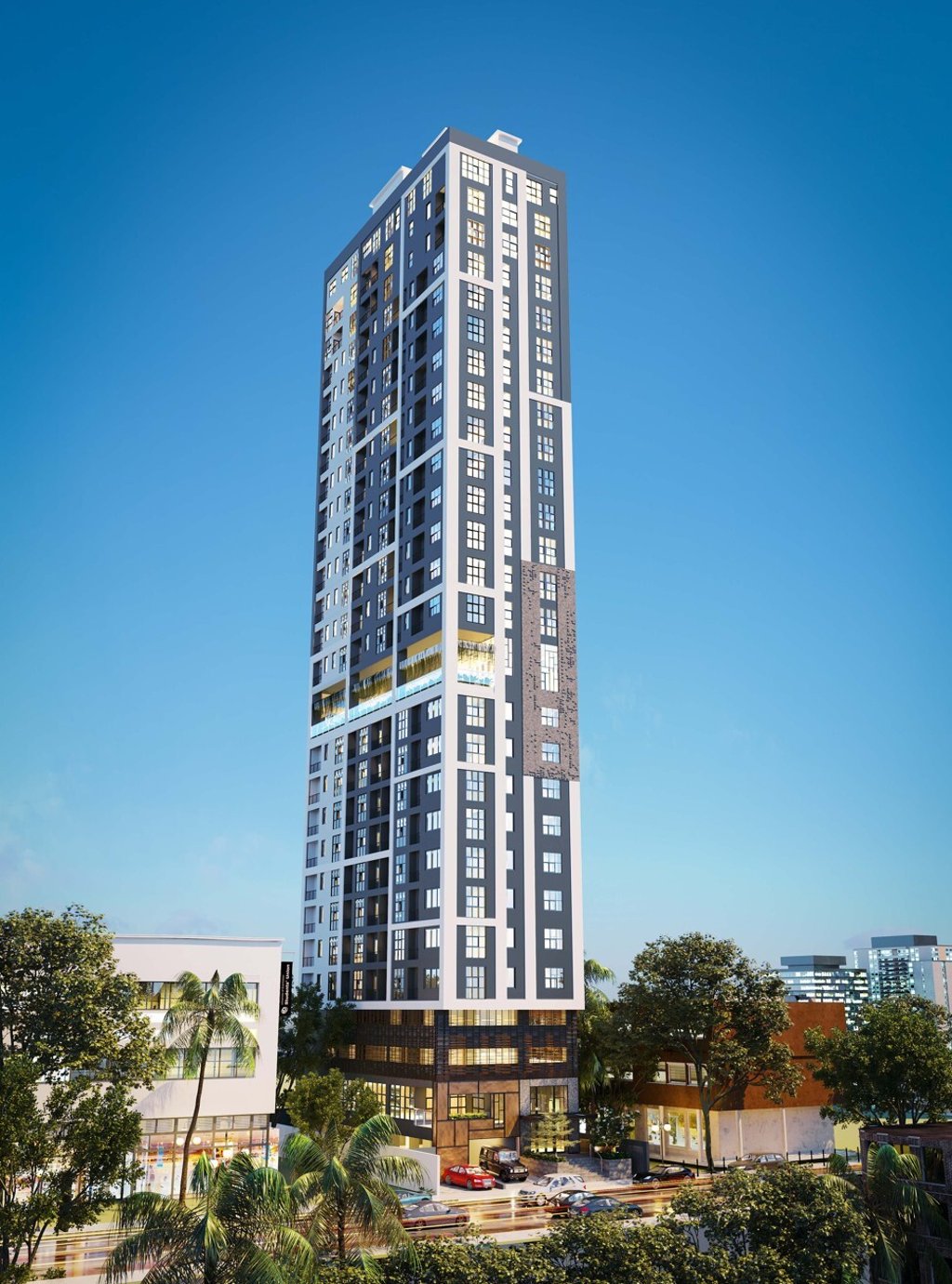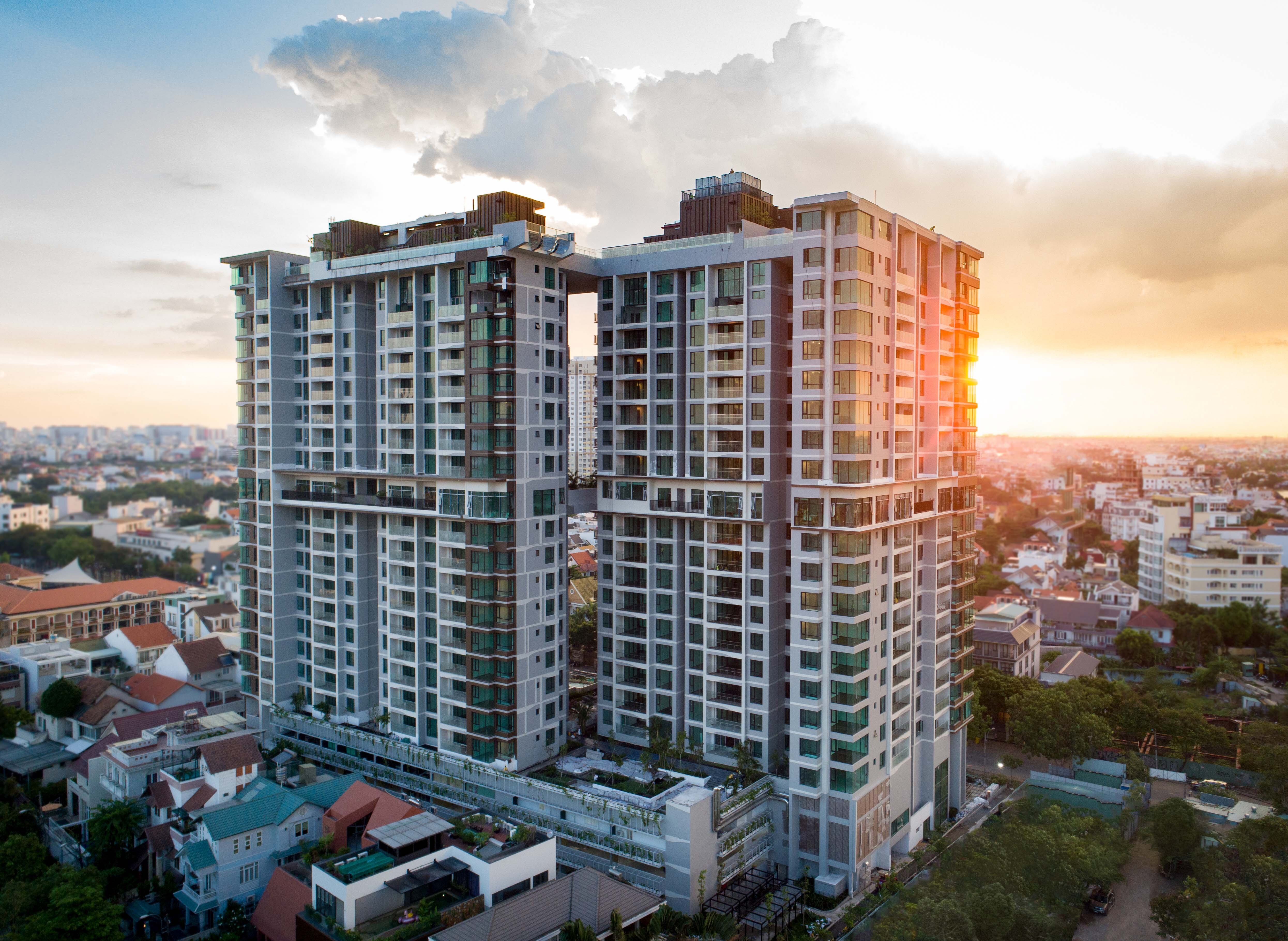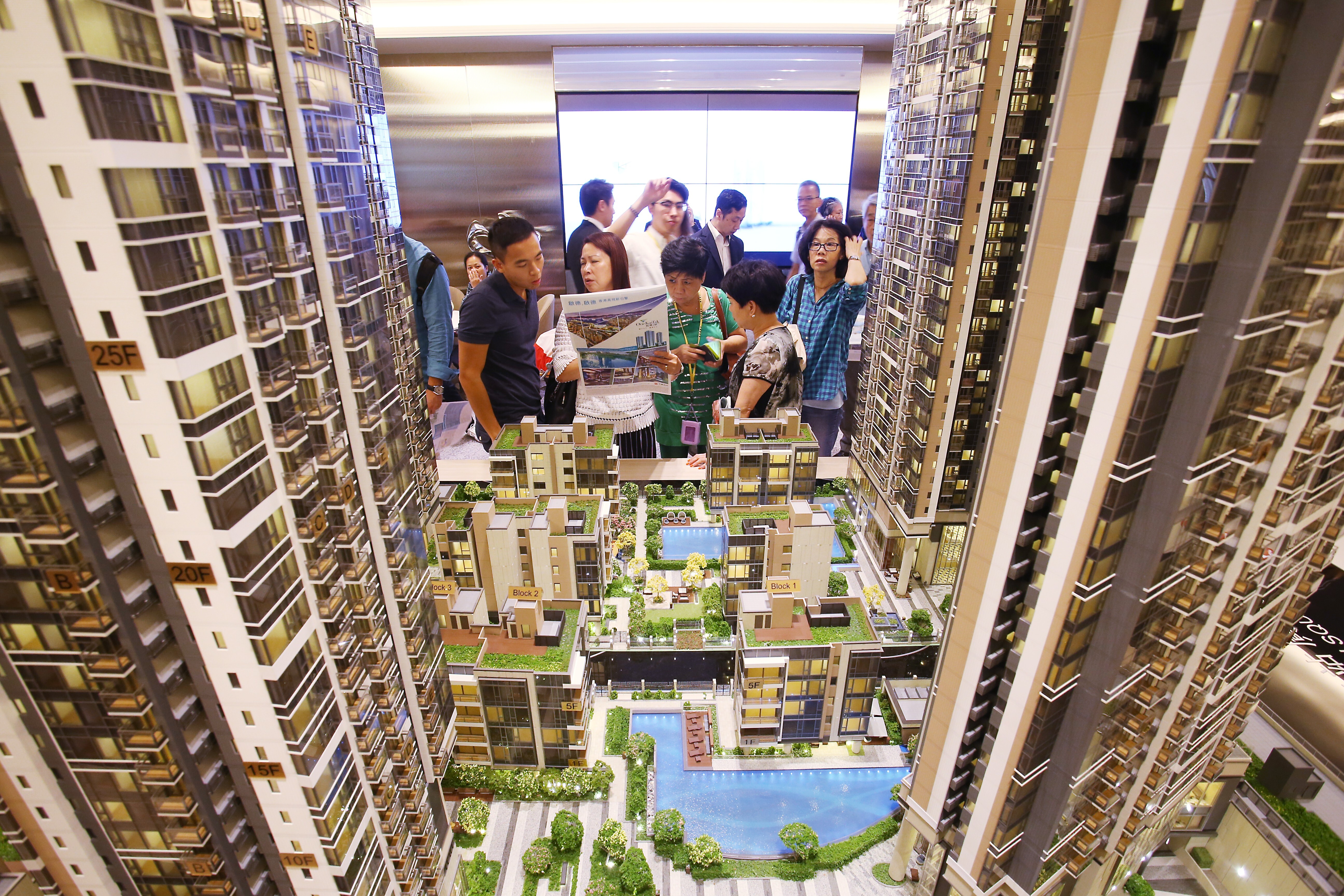Cambodia’s property boom continues despite pandemic – is Phnom Penh real estate a good investment? Where to look and what to look for

The Southeast country is a consistent performer in residential property, with interest from an increasing number of investors from Hong Kong, mainland China and the region, especially in the expat-friendly capital
Having garnered the attention of residential investors for at least the last three years, Cambodia's construction boom continues unabated.
Even considering the supply chain disruptions caused by Covid-19, real estate services firm CBRE still projects a 34 per cent increase in condominium supply this year (down from the 55 per cent earlier forecast for 2020). The firm is expecting a total of 28,000 units to have been completed by end of the year, up from current supply of 21,000 units as of Q2.

In the opinion of Reid Kirchenbauer, founder of InvestAsian, property is one of the best ways to profit from Cambodia's “unparalleled” economic growth since the Khmer Rouge disbanded more than 20 years ago.
“Cambodia has not suffered a single year of recession in 20 years,” Kirchenbauer notes in a newly released report. “It skipped the Asian Financial Crisis of the 1990s, ignored the tech bubble of the early 2000s, and even outgrew the recent 2008 financial crisis.”
While there is no such thing as a recession-proof country, he writes that Cambodia “is about as close as it gets”, because Cambodia, like many frontier markets, is less correlated with the global economy.

Foreign investment activity in Cambodia has grown by more than 800 per cent in the past decade. Multinational firms moving in with their workforces to set up operations in the capital, Phnom Penh, have fuelled a need for suitable housing, and piqued the interest of property investors.
While Kirchenbauer agrees there are “definitely opportunities” – especially in the inner core Phnom Penh districts such as Daun Penh, Chamkarmon and 7 Makara – he admits that some investors have been burnt by projects not completed or inadequate materials being used, and stresses the importance of “brand value”.








